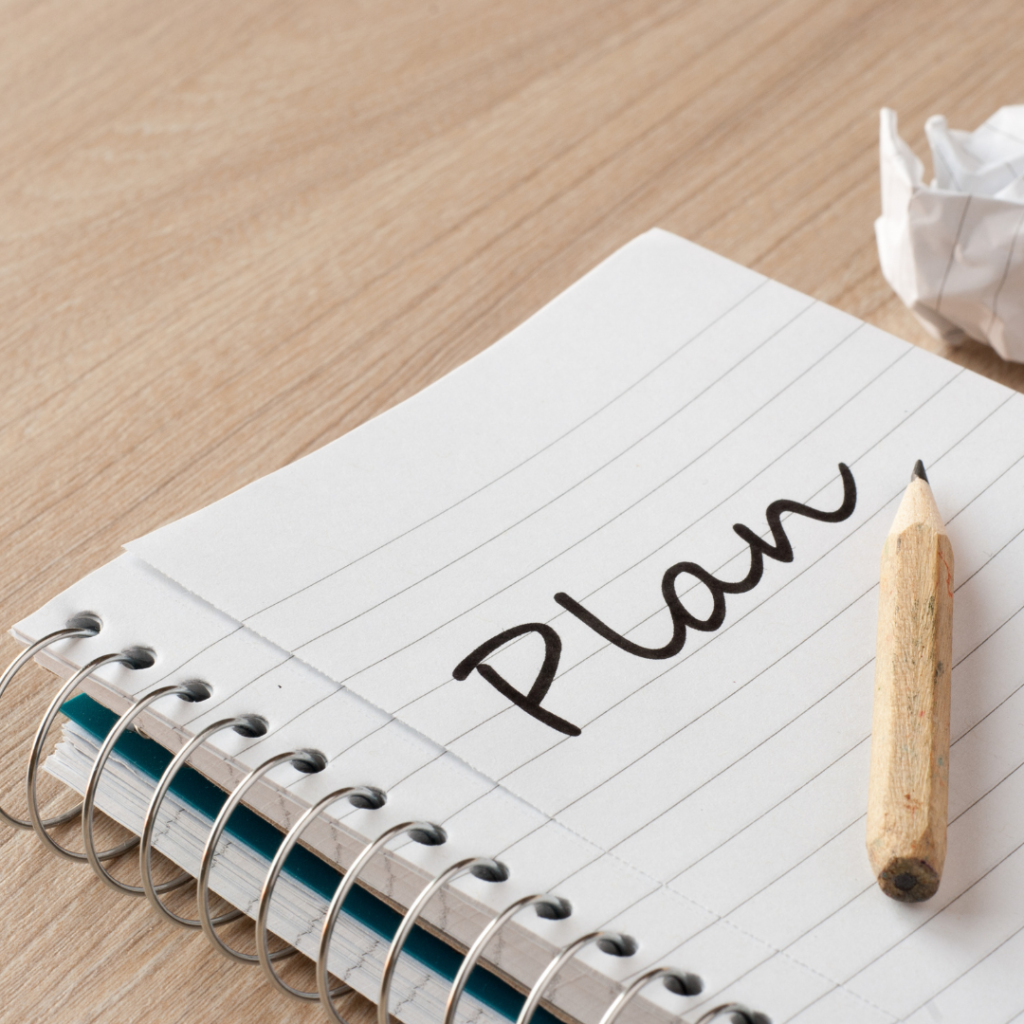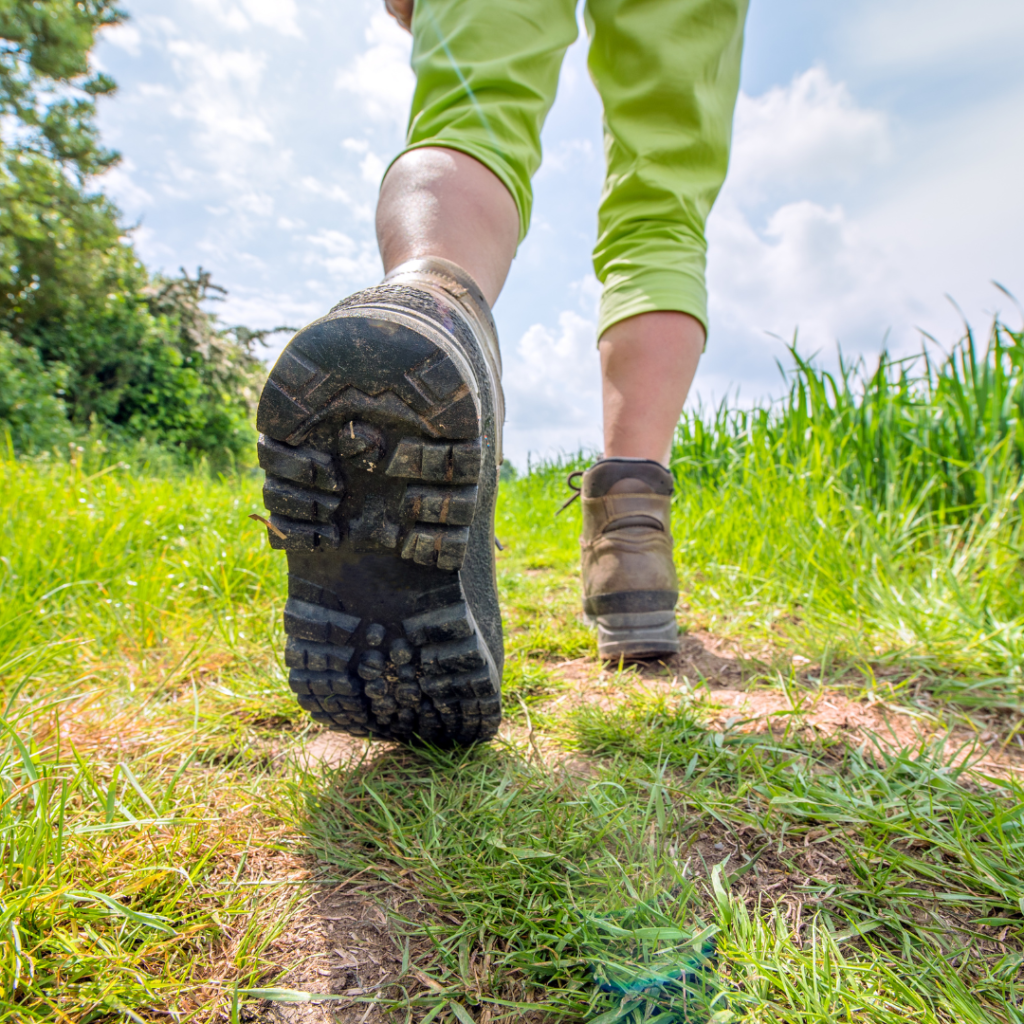For many of us work is that thing we do at our desks. Whilst walking is a leisure activity: a walk in the park, a stroll in the woods, a hike in the hills. Leisure and work are mutually exclusive, right? We can’t work and walk at the same time. Or can we?
Iconic Innovators Who Walked Their Way to Brilliance

Are you a researcher? Charles Darwin walked along his “thinking path” near his home everyday, kicking stones along the path as he mulled over his research data. The more difficult the problem, the more stones were overturned. I’m guessing his theories of evolution and natural selection displaced a good few stones.
Wish you could compose that hit single? Beethoven would walk 3 or 4 hours in the afternoon, whatever the weather. He took a notebook along with him. His Symphony No 6 was composed during these long walks through the woods of Vienna.
Want to write your long-overdue book? Charles Dickens walked the streets of London at night gathering data for his books. During his 20 mile long speed walks, he created characters, such as Oliver Twist and Ebenezer Scrooge, based on the people he encountered.
Want to leave your job and start your own business? Steve Jobs believed his most creative ideas came when he was walking.He often held meetings while walking with staff and designed Apple Park as a beautiful and safe space to walk, think, and talk.
So much for the brilliant white male thinkers! What about your average desk slave?

These are the kinds of symptoms I typically get when I’m working at my desk all day
- MENTAL – sluggish, stuck, bored
- EMOTIONAL – overwhelm, a feeling of heaviness, uninspired
- PHYSICAL – neckpain, backpain, continual snacking
Just a normal day at work right? But what if we can change this. Not by consuming oatmilk lattes like they hold the secret to eternal youth. And not by changing our jobs. But by changing the way we work. Specifically by adding walking to our working day. We Google, we type, we read, we email, we walk.
Let’s Look At The Science

WALKING AND CREATIVITY Looking for that blue sky thinking? Research from Stanford University concluded that walking is far more powerful than sitting for generating creative ideas. Subjects tested indoors faced a blank wall while either sitting or walking on a treadmill. Alternatively, some went outside— either walking in the fresh air or being pushed along the same path in a wheelchair. The researchers found that creative output increased by 60% on average when walking compared to sitting. They defined creative output by testing “divergent thinking”, or the ability to come up with a variety of creative ideas by exploring different possible solutions.
WALKING AND STRESS REDUCTION Oxytocin, known as the ‘love drug’ because of its bonding effects, is released by the brain in abundance while walking with others or among nature due to the meditative effect of this activity on the brain. And the greater the release of oxytocin, the greater the reduction of cortisol (the stress hormone).
WALKING AND HEALTH The human body is designed to walk, not to sit at a desk. Sitting for prolonged periods of time adds pressure to the back muscles and spinal discs and is a major cause of back and neck pain. Research also links sitting for long periods of time with a number of health concerns including obesity, increased blood pressure, high blood sugar, excess body fat around the waist and unhealthy cholesterol levels. Researchers analyzed 13 studies of sitting time and activity levels. They found that those who sat for more than eight hours a day with no physical activity had a risk of dying similar to that posed by obesity and smoking. Their analysis of data from more than 1 million people also found that 60 to 75 minutes of moderately intense physical activity a day countered the effects of too much sitting. Conclusion? Don’t waste your money on the ergonomic chair: take a walk instead.
The Brave New World of Work

The pandemic, the explosion of zoom, the normalization of hybrid working patterns, the advent of AI: our work lives are changing exponentially as we adopt new ways of creating and communicating.
In the midst of this Brave New World of Work let’s remember WE ARE HUMAN!
We evolved as bipeds, the only living creatures on Earth to move primarily on two feet
Walking is intrinsically linked to our body, mind and spirit. As University of Washington biologist John Medina puts it: “From an evolutionary perspective, our brains developed while working out, walking as many as 12 miles a day. The brain still craves that experience.”
Consider that you won’t have your most brilliant light bulb moments huddled in your work cubicle. You won’t have your most inspiring meetings sitting around a boardroom table. You won’t fully alleviate your backpain by spending lots of money on a fancy chair. Instead, it may just be that the secret to creative problem solving and good health can be found through a simple daily walk.
So How Do You Start?

Walking is not difficult. Most of us have been doing it since we were under 2 years old. What is difficult is changing your habits. And adding walking to your day can be a surprisingly big change of habit.
My vote is to tack your walk onto a pre-existing daily schedule.
- MEALTIMES Do you eat 3 times a day? So that’s 3 regular routines you can tack your walk onto: 7:00 a.m. before breakfast, 1pm at lunchtime, 8pm after dinner
- GO TO THE GYM? Walk, don’t take the car. It’s a great warm up and warm down too.
- TRAVEL TO WORK EVERY DAY? Walk, at least part of the way. Don’t take the car.
- GOING TO THE SHOPS? Walk, don’t take the car
- WORK IN AN OFFICE? Start a lunchtime walking group
It’s Walking Not Rocket Science. AND I Can Guarantee These Things Will Stop You

TIME – walking takes longer than driving/taking the train/bus etc. So you may think you don’t have time to squeeze walking into your day. This is a mistake. You do have time to be healthy. You do have time to calm your nervous system. You do have time to generate creativity. In fact according to the research, the less you walk, the less time you have on this planet. So do yourself a favour: prioritise life and find the time.
WEATHER – It’s raining and cold and it’s going to be horrible walking in that! This is a mistake. True, rain looks uninviting from the inside. But put a waterproof poncho over whatever you’re wearing, slip on your wellies and get out there. You’ll discover an amazing secret. Walking in the rain is uplifting, inspiring and fun. Seriously, you can splash in puddles like did when you were 3 years old! And watch the raindrops hitting the tarman like mini bombs. And smell the beautiful damp earth. It’s gorgeous!
How Often Should I Walk

- Minimum 20 minutes every day. 30 minutes is better. 60 minutes is even better. Personally I walk a minimum 10,000 steps a day (5 miles) and aim to do a 10 to 15 mile walk once or twice a week.
- Don’t give up if you miss a day. Just fit in a walk the next day. As you become used to walking every day you’ll find you really don’t want to miss it: the benefits feel that good!
- What Helps? A fitness watch or health app on your phone. However old we are we still like a gold star. It’s motivating to see the steps/miles/km tracking up. I get a golden shoe symbol when I reach my target 🙂
Walking and working? They do go together!
Good luck on your working journey. Remember to download the free resources below to help you
- find out more about the science
- get my top 6 tips to keep you motivated
- track your wellbeing progress
Walk Yourself Wonderful FREE GUIDE
6 Day Walk Diary With Inspirational Quotes DOWNLOAD
Daily Walk Planner DOWNLOAD
NOTE ON THE AUTHOR:
Harriet is a singer-songwriter and entrepreneur living in Chichester. She is a passionate advocate for the benefits of walking for mental and physical wellbeing, creativity and mindfulness. She is director of children’s music business Boogie Mites and author of the upcoming book ‘Walk Yourself Wonderful: The Simple Way to A Healthy Body And A Happy Mind.’